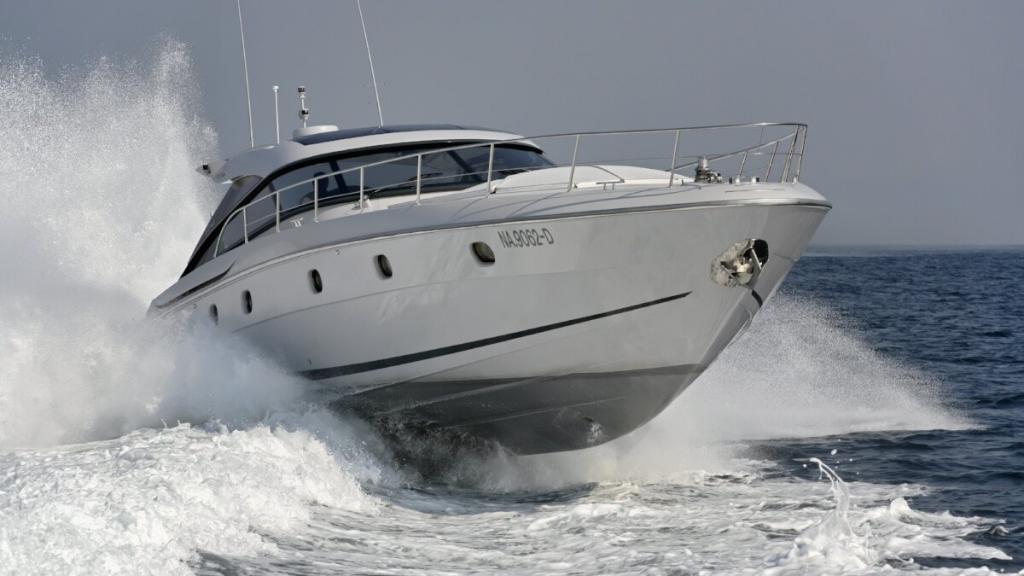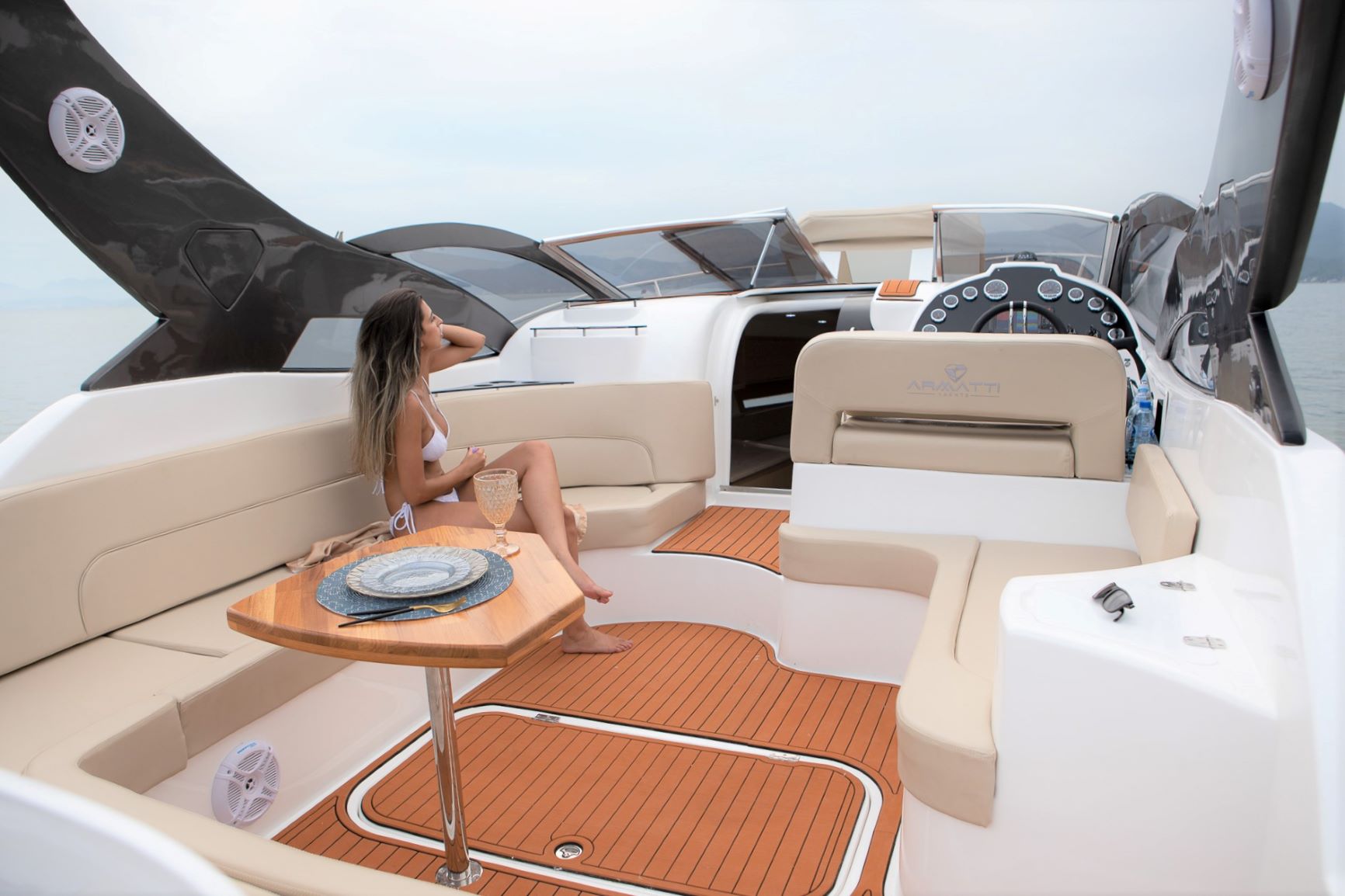HOW TO CHOOSE THE BEST THRUSTER BRAND FOR YOUR BOAT

The signs are there! Tips and tricks available to consumers in picking out the best, to Choose Best Thruster Brand:
One of the most relevant and applicable sayings when talking about boating products and the installation of after-market accessories is “you get what you pay for,” and this applies as much to bow and stern thrusters, as it does for anything else.
When it comes to discussing the ‘pros and cons’ of installing and using bow or stern thrusters, the subject of noise crops up in almost every single conversation.
But with a certain amount of planning and forethought, noise from a thruster installation can be reduced significantly at the source.
“Structure-borne noise” is the noise that travels through the boat’s own structure. Every hull has its own resonance frequency, which serves to either amplify or mute thruster noise even further.
Why you should choose carefully when picking a thruster brand
It’s a point worth remembering because should you find the thruster brand you’ve installed does not meet your expectations in terms of performance, noise, or reliability, or perhaps with the generally shoddy way in which it has been installed, then a thruster is not exactly the easiest after-market product to simply whip out and replace!
Established manufacturers and high quality thrusters goes hand in hand
It is therefore better to stop a while and think carefully about which brand you should go for and look for clear evidence as to why it’s going to be the correct one to purchase.
In cases such as this, good old-fashioned common sense will nearly always pull you through. In other words, choose the best thruster brand that has been around for a long time. Long established manufacturers have built their reputation on providing high-quality products with reputations for reliability. It’s companies like these who are committed to serving the long-term needs of their customers, with good spare parts supply, excellent customer service, and back-up, even for old and discontinued model lines.
Find out which thruster-manufacturer the large brands are using
Another healthy sign is to look for a manufacturer supplying thrusters as “standard-fit” on boats made by the best boat builders in the world. These brands will have undergone not only rigorous testing but significant performance/cost/reliability procedures by hard-nosed shipyard procurement managers so that you can now go ahead and make your own purchasing decision based upon a high degree of assurance and added peace of mind.
Reduce vibration and noise from the hull
It doesn’t need us to tell you that some boats are built better than others so, if needs are, start thinking about additional resonance damping to the thruster tunnel and the surrounding area where the thruster is going to be installed. The inner liner that often acts as a form of “loudspeaker membrane,” for example, could potentially be reinforced and strengthened. Anything your installer can do here, to further isolate the transferal of noise and vibration is going to help.
A general rule of thumb is always to choose the largest tunnel diameter you can possibly fit into your boat. Fitting a larger than normal diameter tunnel, for example, will not only increase thrust efficiency but will also create a freer water-flow area that itself will help to reduce noise.
Similarly, where the tunnel ends meet each side of the hull, instead of leaving sharp, 90-degree style corners, simply by rounding off and smoothing off the edges will not only increase thrust efficiency, but the reduced turbulence and cavitation caused from the propellers will also reduce overall noise.
Consider changing to a low noise propeller
Check if new composite low noise propellers are available as a retrofit to your thruster brand. The dominant noise frequency of a typical installation is nearly always the result of propeller tip designs, so any improvements here can make quite a big difference.
The best of these low noise props has 5 blades with a “skew” blade profile that gives less frequent noise “peaks” by slicing through the water with a longer leading edge when compared to more traditional propeller designs.
Simple rules of physics tell us that, in most cases, low RPM = low noise. Therefore, it is far better to over-specify power and use it in conjunction with a decent Proportional Control System.
Gradually adding thrust with Proportional Power Control
Proportional Power Control enables the user to feed in power gradually using just the right amount of thrust to position a boat anywhere you want it to be, in every kind of mooring situation. Used correctly with a suitably powerful thruster on a low-power setting, PPC can, in fact, be almost undetectable to the human ear.
Hopefully, within this short article, we’ve shown you that a few carefully considered steps and upgrades are all it takes to reduce noise from thrusters and benefit from the confidence, control and greater boating enjoyment they can give you.
Do the manufacturer attend the largest boat shows?
When you need to choose the best thruster for your boat, look for regular boat show attendance – by way of a large and expensive boat show stand. This is another visible, tangible and always highly positive sign. Manufacturers and their staff who have great products and associated technology to talk about will relish every opportunity they can to display, discuss and promote their wares at every possible opportunity!
Safety matters in engineering and design of thrusters, too
Another good idea is to check how much effort the design and engineering of thrusters have been placed in the name of safety. Ignition protected models for use in close proximity to petrol engines and features such as child-safe On/Off operation and automatic deactivation timed from when last used, are the kind of obsessive attention to detail features you should be looking for.
Credit : www.blog.side-power.com




